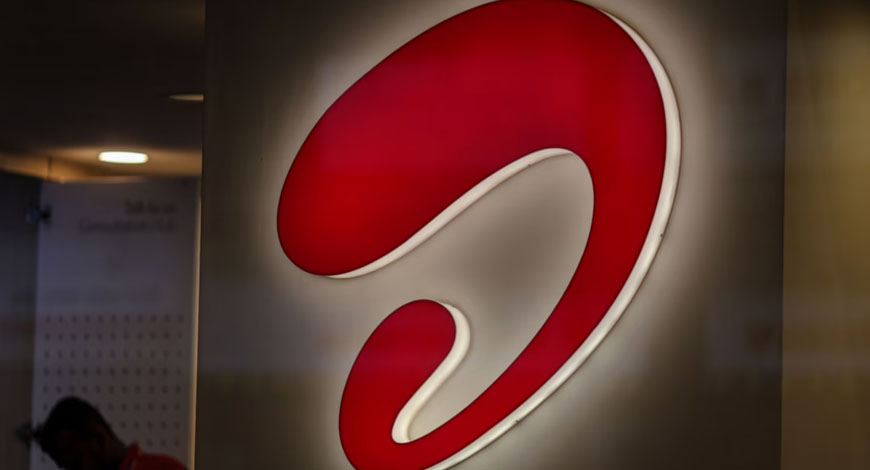If you cannot fight them, join them, is the mantra among Chinese mom-and-pop investors who are embracing DeepSeek and other artificial intelligence tools, in sharp contrast with last year’s government crackdown on computer-driven quantitative traders.
Online crash courses have mushroomed and training rooms are packed with retail traders eager to beat the market using computer models, as the popularity of DeepSeek – itself backed by a quant fund – changed not only the market trajectory, but the perception of China’s $700 billion hedge fund industry.
The rapid adoption of DeepSeek in China’s retail-dominated stock market is also prompting changes at brokerages and wealth managers, while creating new risks for investors in a market dominated and driven by small-time traders’ cash flow.
“The future is the digital age, and AI will be vital,” Hong Yangjun told a packed room of individual investors learning to trade with AI on a weekend in February.
Just as future warfare will be fought with drones and robots, the stock market will be a battleground between computers, the lecturers told the class in an office in downtown Shanghai.
Such piety is in stark contrast to the public outcry a year ago against computer-driven quant funds, viewed as “bloodsuckers” by retail investors, and blamed by regulators for contributing to market unfairness and volatility.
The industry was also the target of a government crackdown roughly a year ago, when the sector was worth $260 billion by some estimates.
Last month, however, investors handed over 15,800 yuan ($2,179.91) each for a weekend lecture by Mao Yuchun, founder of Alpha Squared Capital, on how to trade stocks with AI, according to the organiser, who promoted the event by drawing attention to Alpha Squared’s geographical affinity with High-Flyer.
High-Flyer, based in eastern Hangzhou, is the hedge fund behind DeepSeek – the Chinese AI start up that stunned Silicon Valley with its cost-efficient large language model and spurred a rally in Chinese stocks.
Meanwhile, Chinese social media is brimming with online courses teaching traders how to use DeepSeek to evaluate companies, pick stocks, and code trading strategies.
“Using quantitative tools to pick stocks saves a lot of time,” said Wen Hao, a Hangzhou-based trader.
“You can also use DeepSeek to write codes,” said Wen, who uses computer programs to determine the timing for buying and selling.
US fund giants including BlackRock, Renaissance Technologies and Two Sigma have already been using AI in investing for some time. Analysts say small asset managers and even retail investors in China stand to benefit from the emergence of DeepSeek’s open-sourced model.
ChatGPT is off-limits to Chinese users.
The fondness for the AI-led turnaround in the perception of quant trading has coincided with a sunny start to the year for stocks, after a few years in the doldrums.
Goldman Sachs said the MSCI China index has made its best start of the year in history and brokers are racing to build AI models into their platforms.
“In the future, Chinese investors will completely change the way they make investment decisions and place orders,” said Zhou Lefeng, president of Xiangcai Securities.
“Previously, clients would ask wealth managers for investment advice. Now they ask DeepSeek.”
Larry Cao, principal analyst at FinAI Research, said DeepSeek is popular because it’s cost-efficient, has strong reasoning ability, and unlike ChatGPT, is readily available, and is promoted by the Chinese government.
Nevertheless, he is surprised at the level of faith investors put in the model, cautioning that AI has limits.
“People trust AI models more than they trust financial advisers, which is probably misplaced trust at least at this stage,” Cao said.
There could also be a herding effect if one school trains many retail investors to trade using the same signal.
“Large language models seem impressive. But at this stage, they are not necessarily smarter than most investors.”
What’s certain, said Feng Ji, CEO of Baiont Quant, is that DeepSeek has changed retail perception of quant fund managers.
“I can feel strongly that the public are thinking twice about quant fund managers’ contributions to society,” said Feng, whose company uses machine learning to trade.
“I never think we caused retail investors’ losses. We actually provide liquidity and make the market more efficient.” Reuters









